Varosha, Cyprus

Varosha was the top vacation destination in Cyprus, hosting famous visitors like Elizabeth Taylor and Richard Burton. Following the Turkish invasion of Cyprus in 1974, residents fled the military campaigns waged in the street. After the skirmishes, Varosha was placed on the northern side of the United Nations Buffer Zone in Cyprus where Turkey forbids any entry to the area to this day. Lavish high-rises now sit crumbling after 40 years of nonuse.
The area of Varosha is 6.19 square kilometers. At the height of its popularity, at least as a tourist destination, it was a favorite spot for celebrities like Richard Burton, Elizabeth Taylor and Brigitte Bardot. In 2019, the government of Northern Cyprus announced Varosha would reopen for settlement and in 2020 it was announced the beaches would reopen.
Pyramiden, Norway
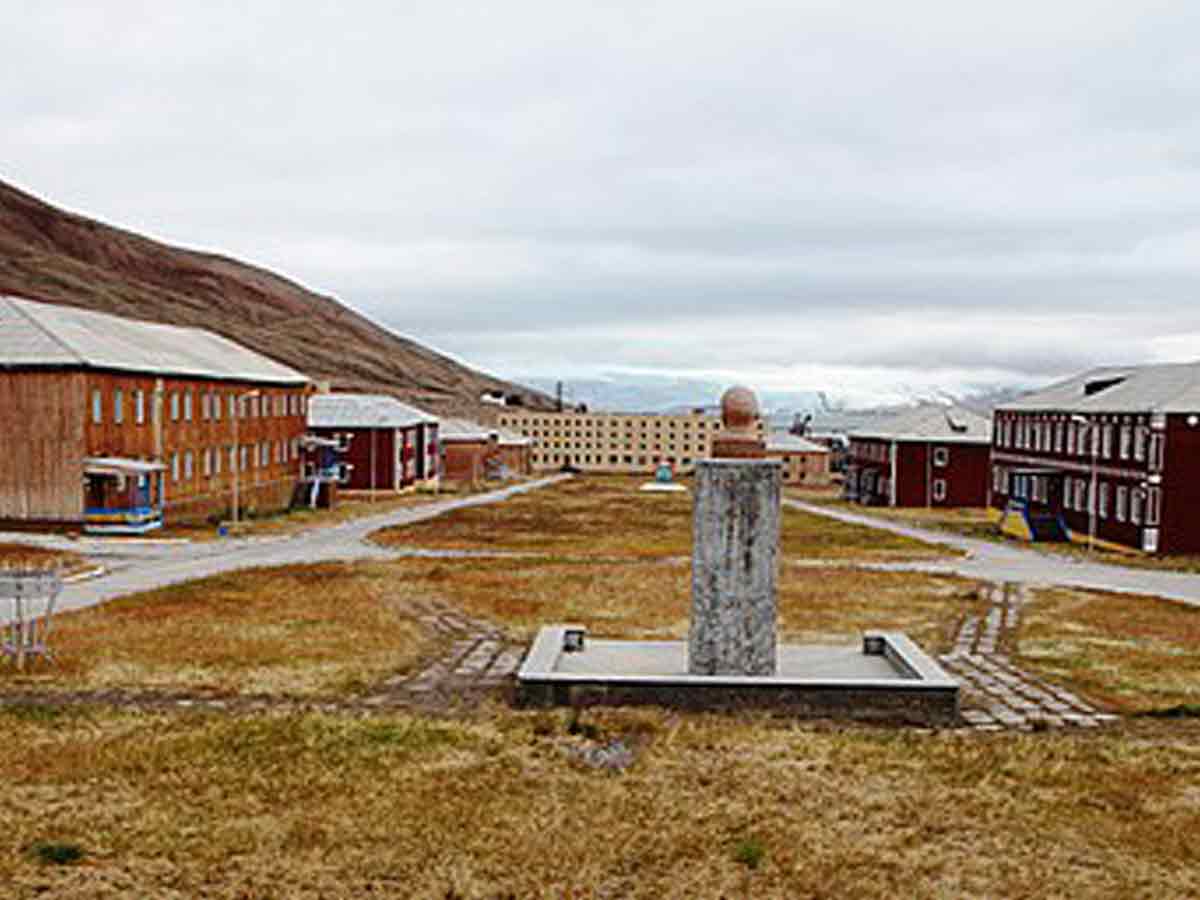
Pyramiden, Norway was a Russian settlement that was founded in 1927 to mine coal. It was originally founded by Sweden and sold to the Soviet Union at that time. However, the owner abandoned it in 1991, and the settlers soon followed. Pyramiden was closed in 1998 and is now revisited by tourists.
The buildings still stand today, but tourists can only access them by snowmobile or boat.. The cold weather has preserved the original structures to a great degree and the town's hotel has even been renovated and reopened in 2013. During the summer, Pyramiden has a population of six caretakers in the area.
Ochamchire, Georgia
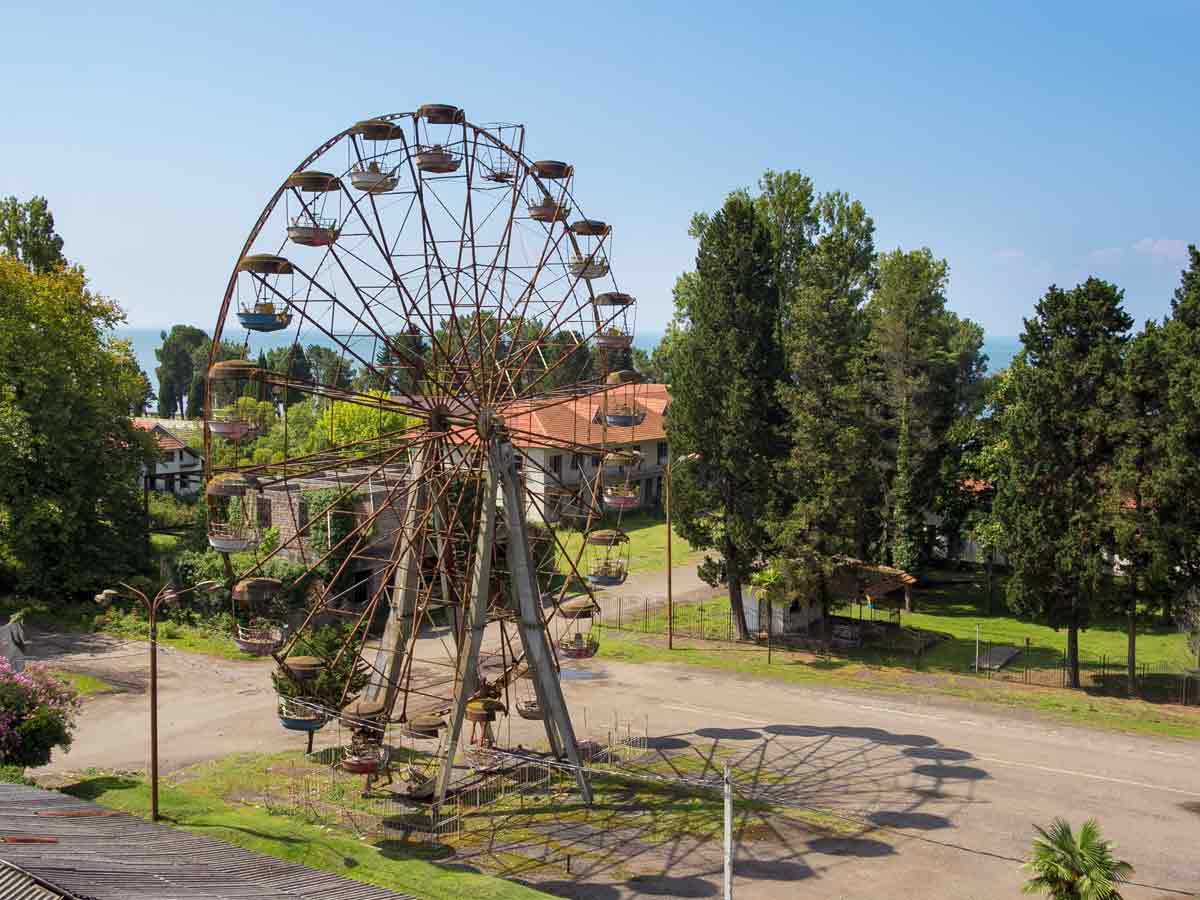
Ochamchire was a seaside city located in Georgia, a country in Eurasia. In 1978, the city was home to some 18,700 people of various ethnic groups. After the Georgian-Abkhaz conflict of 1992, Ochamchire the city lost a significant portion of its population due to the ethnic cleansing of Georgians.
Most of the people who weren’t killed had left the town and never came back, leaving a small population behind with crumbling infrastructure and entire city blocks abandoned. As of 2009, it was rumored that Russia was planning to build a new naval base for its Black Sea Fleet at Ochamchire.
Rhyolite, Nevada
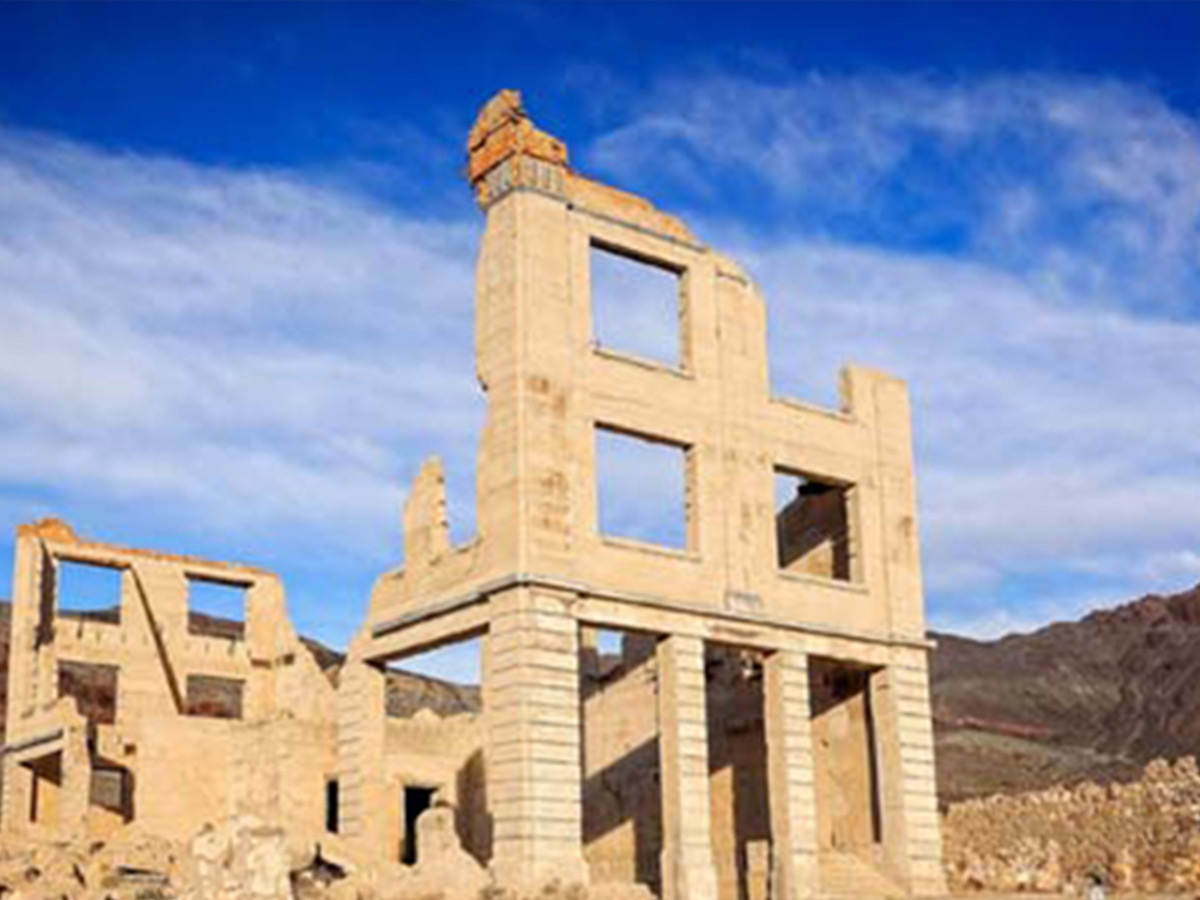
This town started out as a mining camp in 1905. A gold rush caused thousands of people to flock to Rhyolite to try and find their fortune, eventually building up a population of almost 5,000. Charles M. Schwab invested heavily in the town’s infrastructure so that it eventually had a hospital, a school, an opera house, and a stock exchange.
Sadly, the town began to decline just as fast as it peaked. By 1920, Rhyolite had become a ghost town after the gold rush ended, and a series of natural and financial disasters ruined the town. The historic site is now maintained by the Bureau of Land Management and is a popular spot for photographers.
Sonargaon, Bangladesh
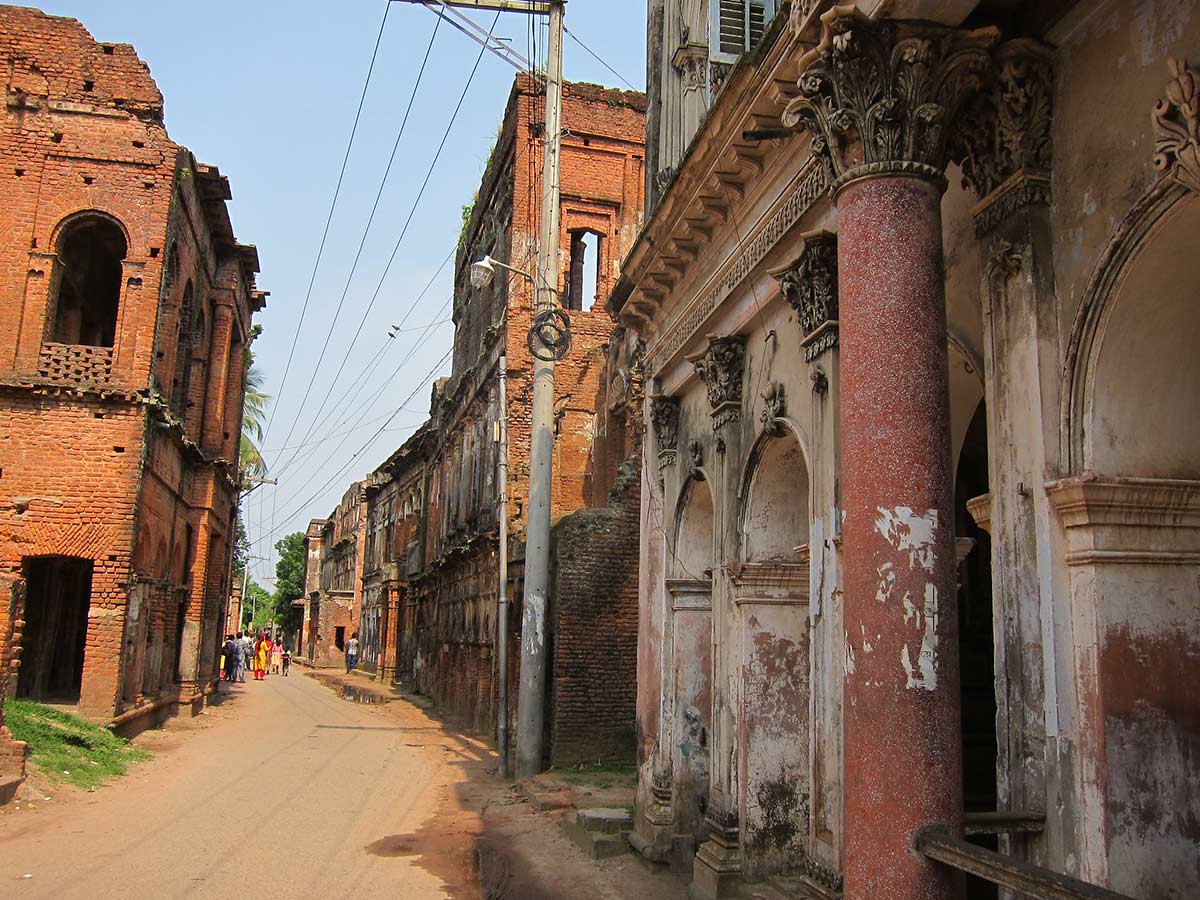
Sonargaon used to be a historic administrative, commercial, and maritime center, made famous by the mentions of many travelers as a busy center for trade and commerce. In the late 1800s, this city became the home to upper-middle class Bengali businessmen and around 1,400 families due to the thriving economy.
The flooding, vandalism, and deteriorating structures in the town caused officials to place Sonargaon on the Watch List of the 100 Most Endangered Sites in 2008, forcing people out of their homes. Today, the town is in ruins as efforts continue to repair the city with the country’s minimal budget.
Bodie, California

Founded during the late 1800s, Bodie boomed with the discovery of ore that contained traces of gold. Within a decade, the city's population had ballooned to 8,000. Everything quickly went bust, however, and by 1910, the recorded population had fallen below 700. Now a National Historic Landmark and state park, Bodie is the quintessential old-West ghost town.
As a registered California Historical Landmark, Bodie is a popular destination for residents and those living outside of California alike. It typically sees over 200,000 tourists every year and for its upkeep, it is supported by the Bodie Foundation. At one point in 2009 and another in 2010, the park was scheduled to be closed but the California state legislature worked out a budget to keep it open.
Hashima Island, Japan
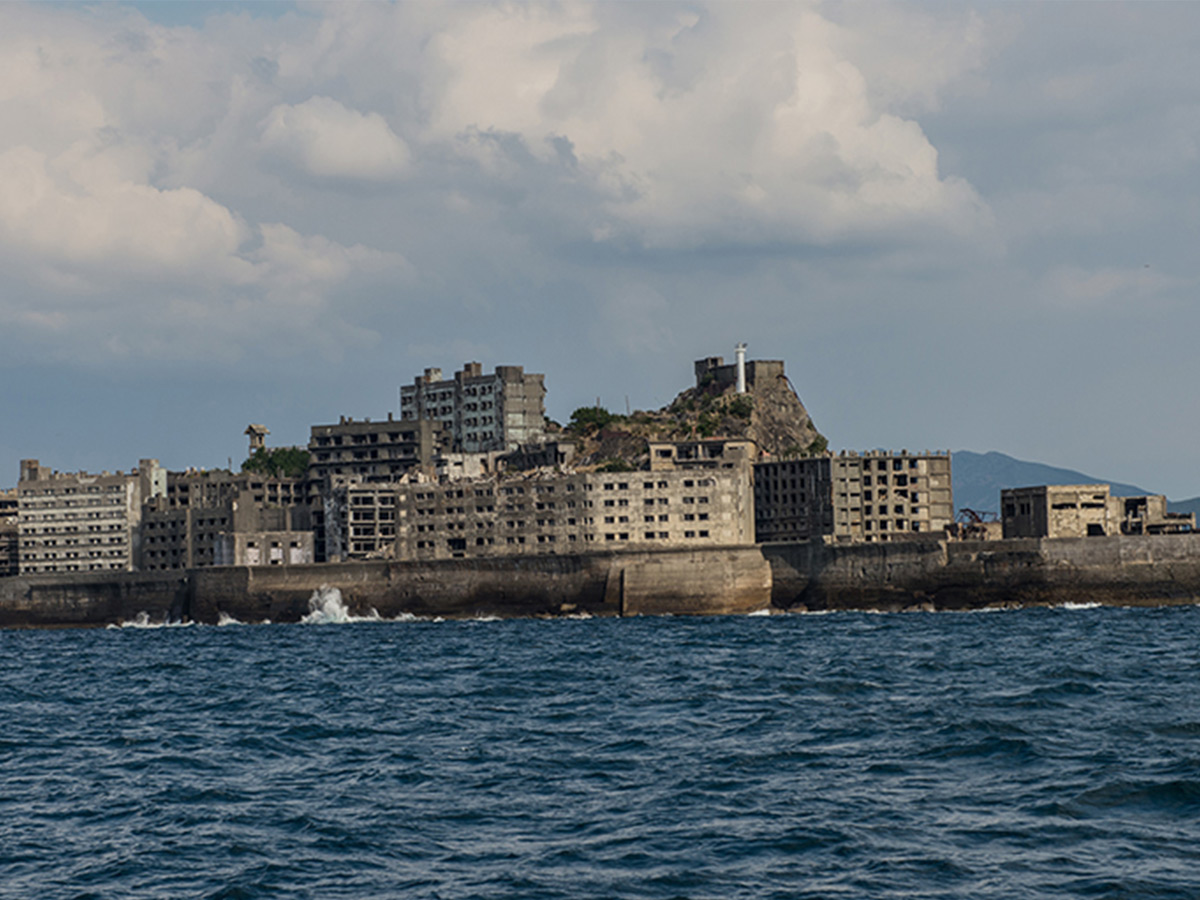
Recently named a UNESCO World Heritage Site, the industrialized island of Hashima is a former undersea coal mine. During its peak in the 1950s, the island housed over 5,000 workers in concrete apartment buildings created to withstand the salty sea spray and strong typhoon winds. Abandoned since the mines closed in 1974, the setting may seem familiar to those who have seen the James Bond film Skyfall.
The island is among the largest of the 505 uninhabited islands in Nagasaki Prefecture. The island also stands as a reminder to Japanese war crimes of the time, as the island was used as a site of forced labor before and during WWII. Currently, the island is not open to tourists but has been visited by journalists.
Kayaköy, Turkey

Home of the ancient Lycian region, humans have lived in this area since 1400s BCE. People lived here, that is, until the Greco-Turkish War of 1919 to 1922. During the conflict, Greeks who lived in the area were subject to persecution and war atrocities, leading to a mass exodus from the city. By the end of the campaign in 1922, the city was abandoned. Today it serves as a museum.
The historic museum and monument of Kayaköy includes 500 houses that lay in ruin, and are protected by the Turkish government. Two Greek Orthodox churches that remain at the site are considered to be the most important to uphold. A private museum at the location gives some inside to tourists as to the town's history.
Kadykchan, Russia
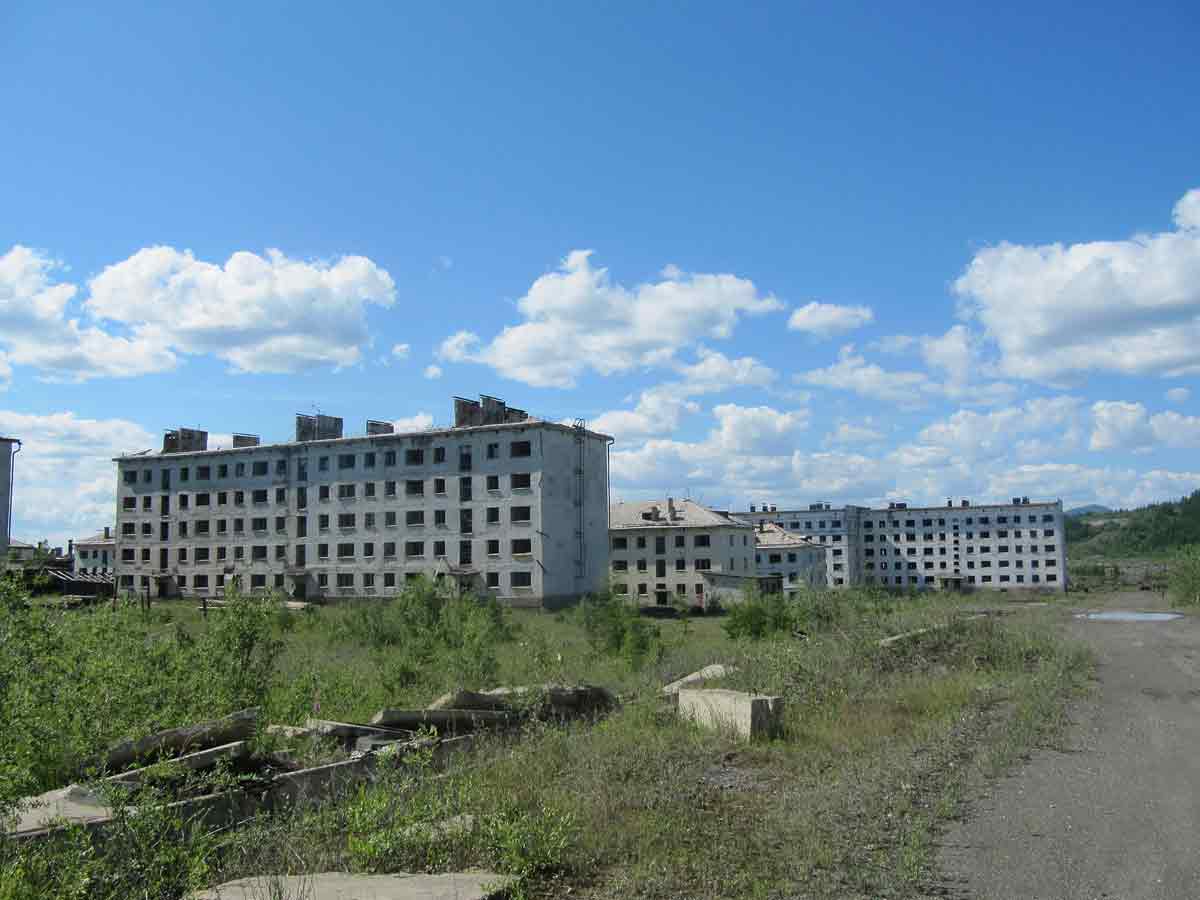
Founded as a mining town to support the nearby electric power station, this far eastern Russian city collapsed along with the Soviet Union when coal lost its profitability. Around half of the population moved elsewhere, though after a 1996 mine explosion that killed six workers, the rest of Kadykchan's citizens quickly resettled following the closing of the mine.
As of 2010, the city of Kadykchan had absolutely no people living in it. Having been built by gulag prisoners during WWII it's just as well that the city isn't thriving. The city's name comes from the indigenous Even language and refers to a small gorge or ravine.
Pripyat, Ukraine
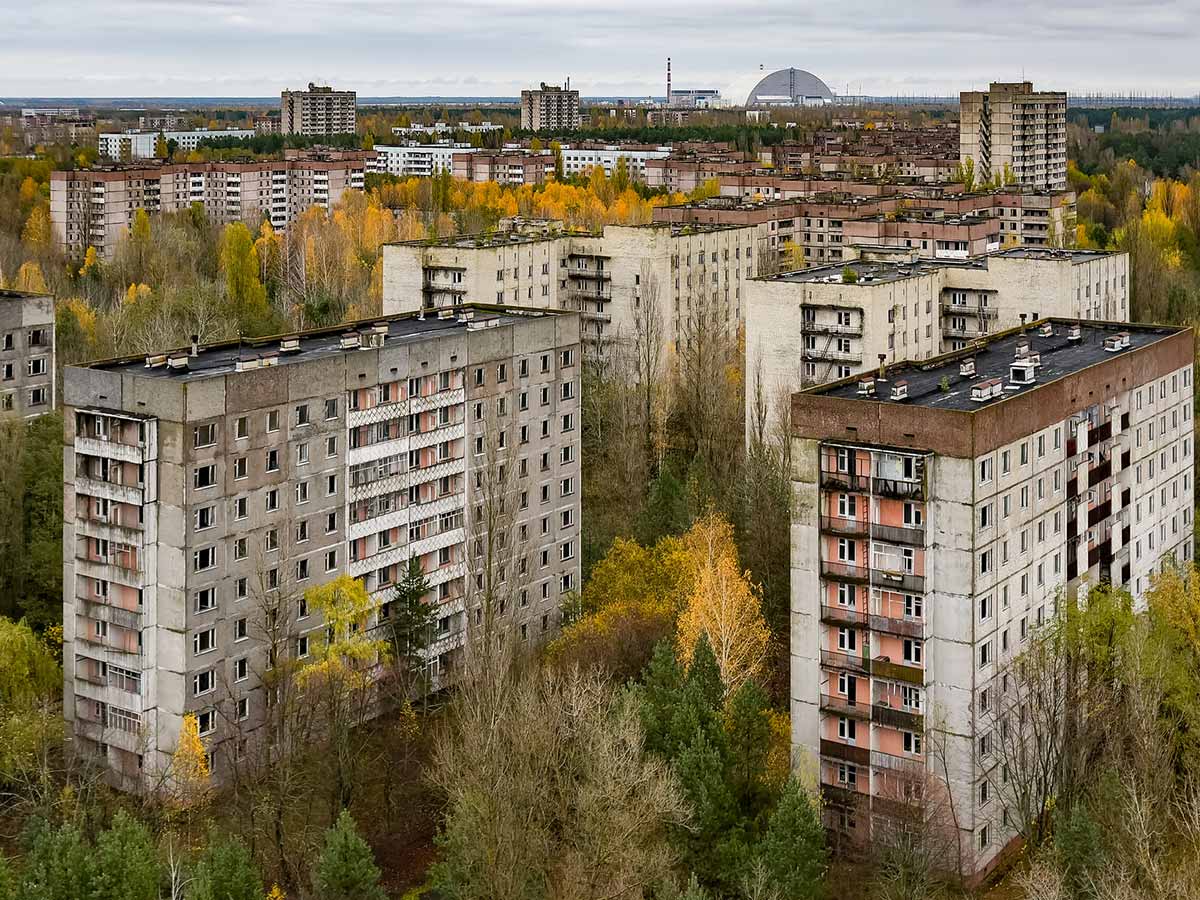
Pripyat, Ukraine is a ghost city in Northern Ukraine, named after the Pripyat River. The town was founded in 1970 but wouldn't thrive for very long thanks to the disaster at the Chernobyl Nuclear Power Plant which left it uninhabitable. And even by then, it had only been labeled an official city in 1979.
While most people may think that Chernobyl was the main casualty of the Chernobyl nuclear disaster, the city of Pripyat was actually located closer to the plant and had a population of nearly 50,000 residents (compared to Chernobyl's 14,000). Following the disaster, inhabitants were moved to the purpose-built city of Slavutych. For over 30 years, the area has sat vacant and still remains one of the most contaminated places on earth.
Oradour-Sur-Glane, France
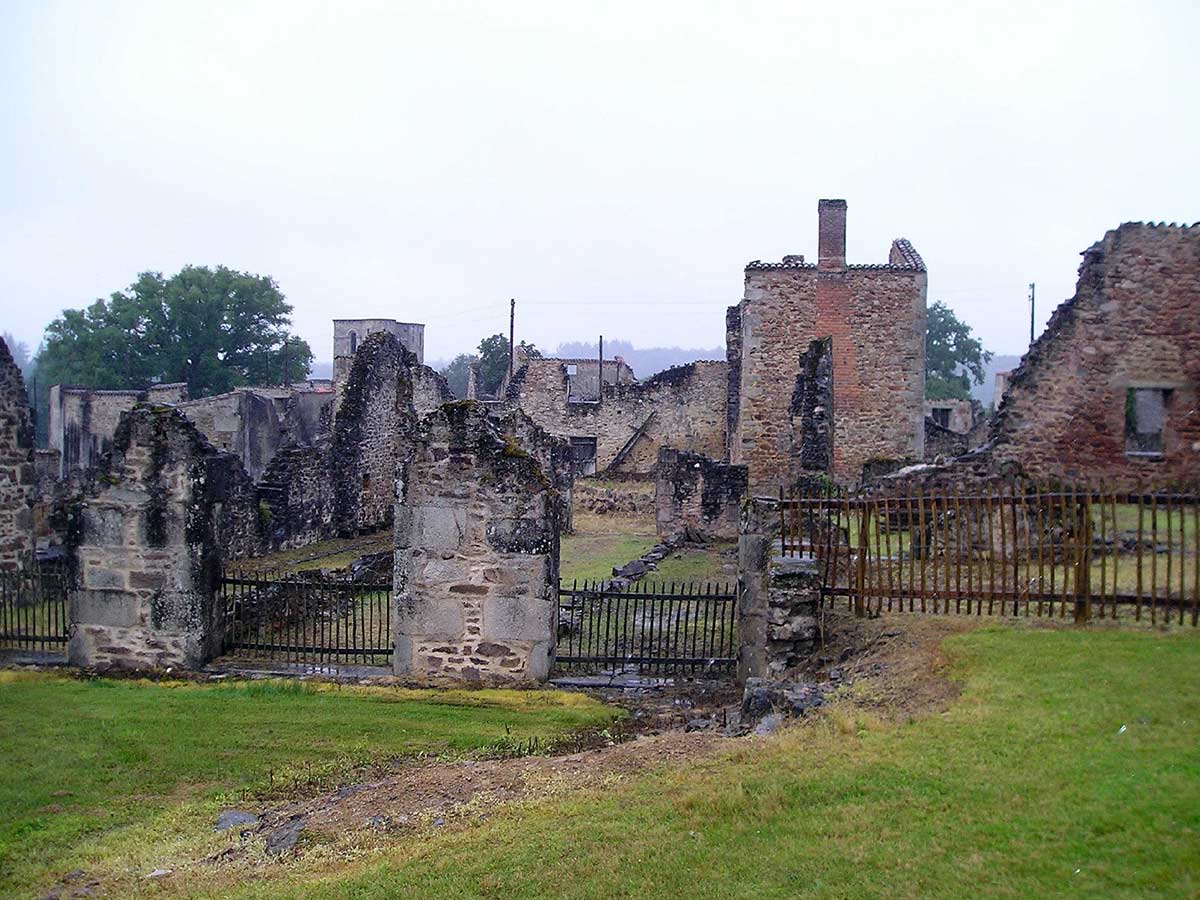
Oradour-Sur-Glane is a commune in the Nouvelle-Aquitaine region in west-central France. While Oradour-Sur-Glane didn’t have a large population, it suffered a tragic fate. In 1944, Nazi Soldiers invaded the town, mistaking it for Oradour-Sur-Vayres. Once they arrived, they massacred 642 of its inhabitants. Another town was built close by and the original stands as a memorial.
The new village was built on the order of president Charles de Gaulle. In addition to the new town which has had a peak population of about 2,473, there's a museum, The Centre de la mémoire d'Oradour, which can educate visitors about the massacre and the town's history.
Kolmanskop, Namibia

Kolmanskop was a huge diamond mine in the early 1900s. After realizing how rich the area was in diamonds, the residents quickly built a hospital, ballroom, power station, school, skittle-alley, theater, casino, ice factory, and the first x-ray station in the southern hemisphere. Once the diamonds were depleted, the town was abandoned.
The ghost town is located 10 kilometers inland from the port town of Lüderitz. It was named after a transporter named Johnny Coleman, whom during a sandstorm, abandoned his ox wagon nearby the town. The once wealthy, thriving town is now reduced to a tourist destination.
Humberstone, Chile
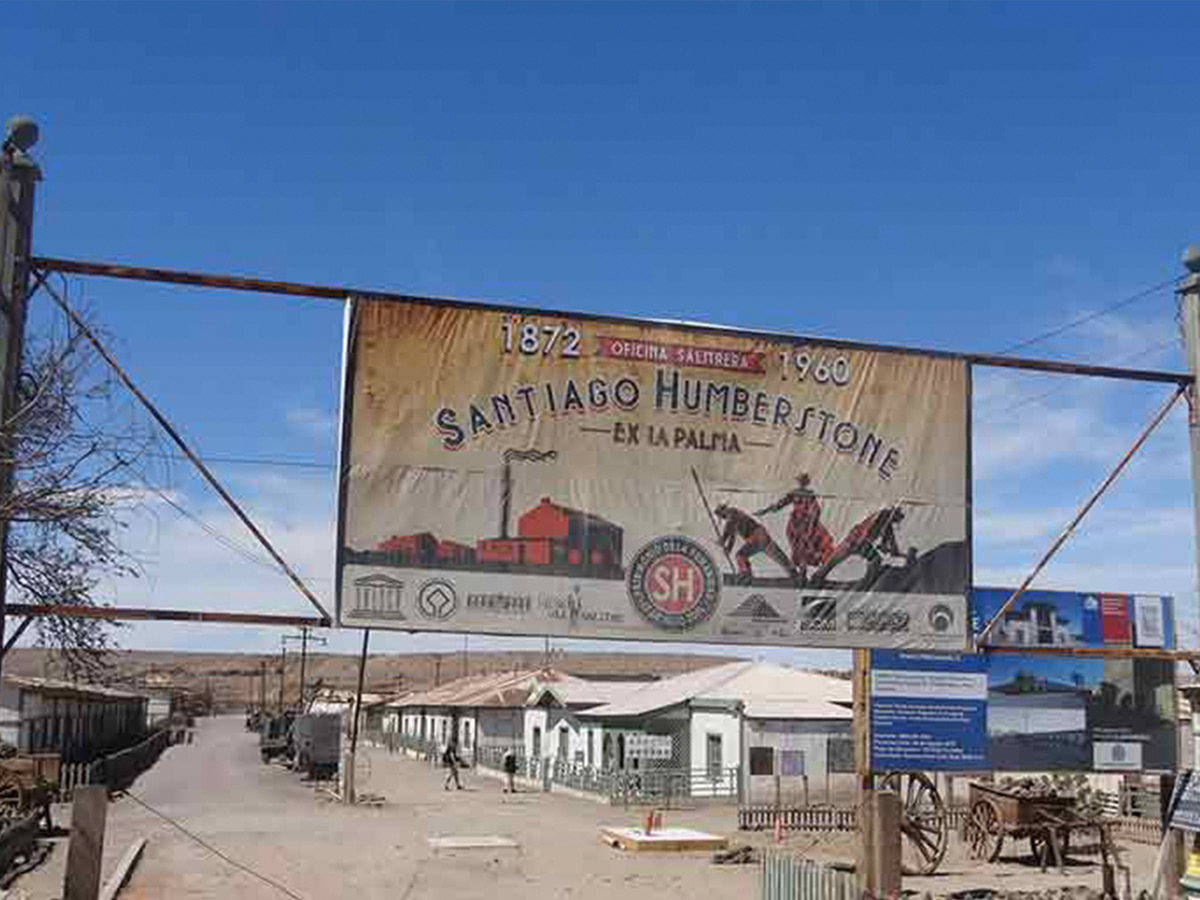
Humberstone was a mining town in the Atacama Desert. The miners sought the nitrate-rich dirt, which was used to make fertilizer. The “white gold” (as it was called) was immensely expensive and needed to grow food quickly. Unfortunately, the fertilizer wasn’t needed by WWI, and the industry collapsed.
That white dirt is known today as saltpeter and the ghost town of Humberstone stands as a monument to a time long gone. Initially, the town was founded by the name La Palma in 1872 but that name didn't stick as you can see. It was built for workers of the potassium nitrate extraction plant belonging to the Peruvian Nitrate Company.
Santa Laura, Chile
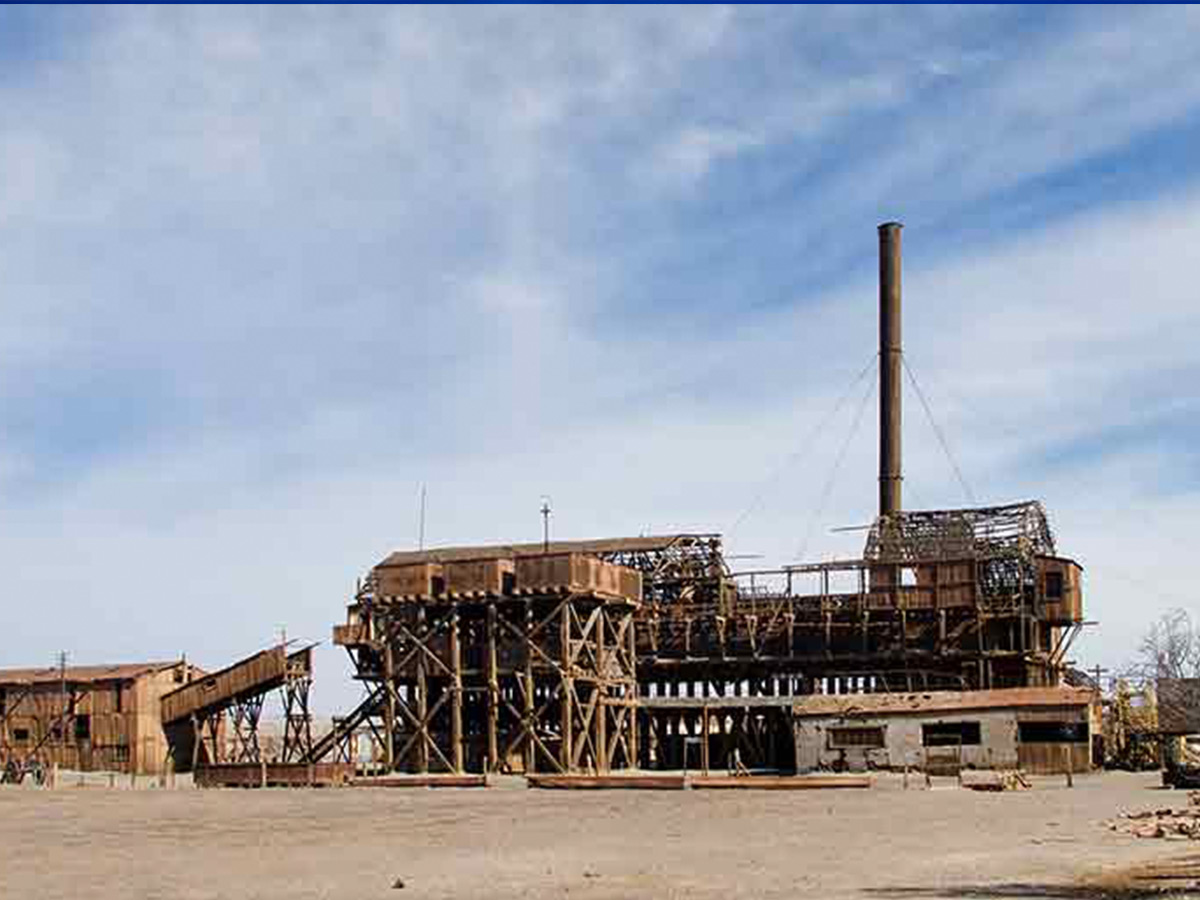
Santa Laura was the second mine owned by Saltpeter Works. It was the adjacent town located next to Humberstone. It was mined until the nitrate-bust, and then promptly abandoned like Humberstone. Now, it’s a UNESCO World Heritage Site that visitors can tour with its original structures still intact to learn more about the towns.
The Guillermo Wendell Nitrate Extraction Company founded the saltpeter works of Santa Laura in the year 1872 at the same time James Thomas Humberstone founded his town. After growing rapidly and then later getting hit by the Great Depression, the refineries were completely abandoned by 1960. At one point, Santa Laura was placed on the World Heritage List in Danger but that status was removed in 2019.
Wittenoom, Australia

Wittenoom is home to a blue asbestos mine, and it didn’t take long for the town to boom when asbestos was needed during WWII. However, that didn’t last, as you might suspect. The danger became apparent in 1944 when a mine inspector decided the dust levels were too high. By 1966, the town was closed for good. Today, only two people live in Wittenoom.
Now declared a contaminated site, 120,000 acres of land are basically uninhabitable unless you want to get mesothelioma. But good luck getting financial compensation for negligence. The area is considered to be the largest contaminated site in the Southern Hemisphere. What makes those two stubborn people stay? Only god knows.
Craco, Italy

This once beautiful city overlooking the Mediterranean Sea offered magnificent views from its location along the cliffside. Throughout the centuries, however, underground sewage infrastructure led to landslides, endangering building foundations. Floods and earthquakes damaged the area further, and by 1980, the site was completely abandoned for safety reasons.
The commune turned ghost town in the province of Matera towards the end of the 20th century but the site is now a popular filming location and tourist attraction. Films such as The Passion of the Christ, King David, The Nativity Story and Quantum of Solace all had scenes filmed at the location.
Picher, Oklahoma
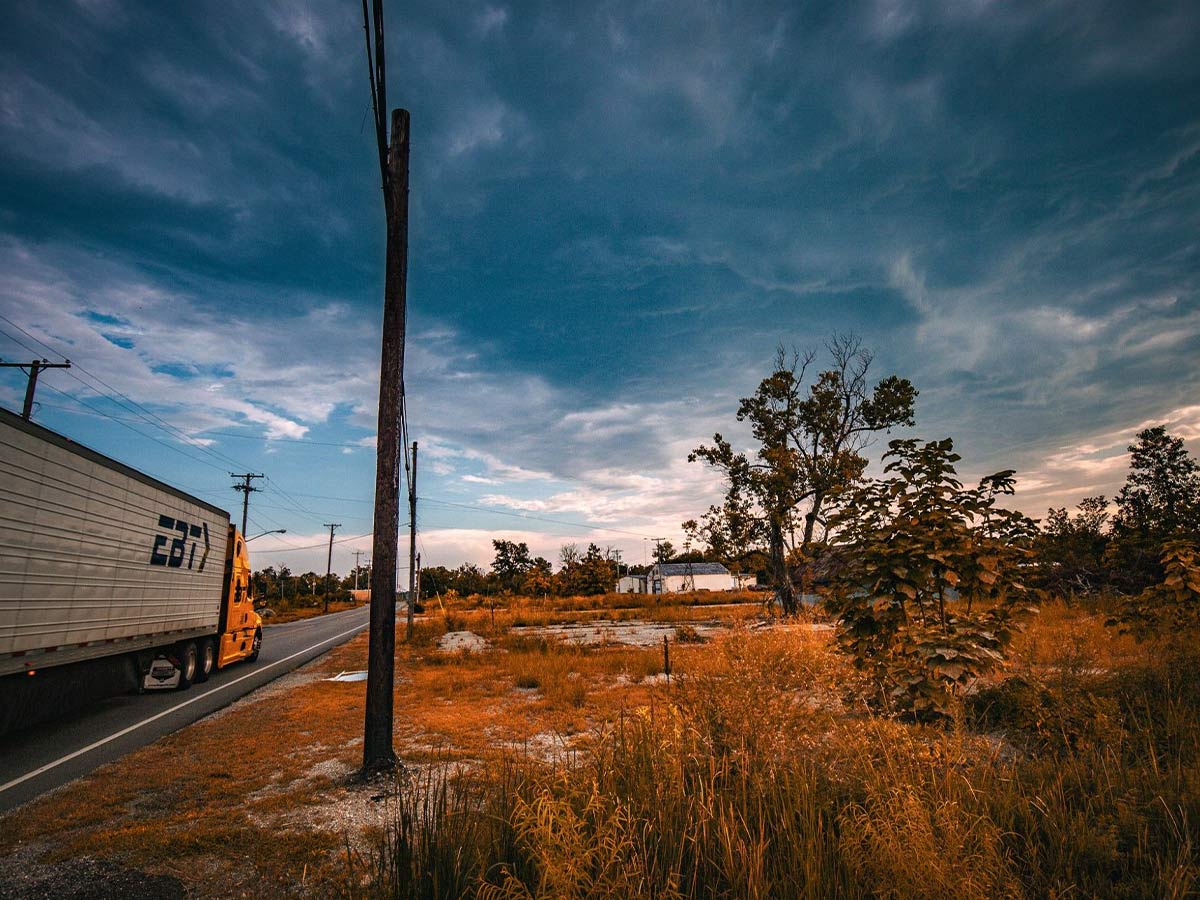
Picher, Oklahoma is one of the saddest examples of what happens when mining goes bad. This town mined zinc and lead, but the waters became polluted when the debris created run-off. The waste, also known as chat, was left in giant piles all over Picher, and left large amounts of toxins to blow in the wind.
Obviously, the toxins made the land uninhabitable and that was in part due to the decades of unrestricted subsurface excavation. In addition to contamination of the groundwater, there were risks of cave-ins and rising health concerns. Health screenings in 1994 revealed that around 34% of the children living there had suffered from lead poisoning.
Agdam, Azerbaijan

Agdam grew to a massive population very quickly, but it didn’t last long. There was substantial fighting during the Nagorno-Karabakh War, which caused the citizens to flee eastward due to displacement. The city was the biggest military zone in Azerbaijani, and officials considered it a military necessity. Now, it’s off-limits to sightseeing and is completely desolate.
Agdam was founded in the 18th century but not granted city status until 1828. The city grew exponentially during Soviet expansion. Before the war, butter, wine, brandy and silk were major areas of production. The city reached its peak population by 1989, where Agdam had 28,031 inhabitants.
Times Beach, Missouri
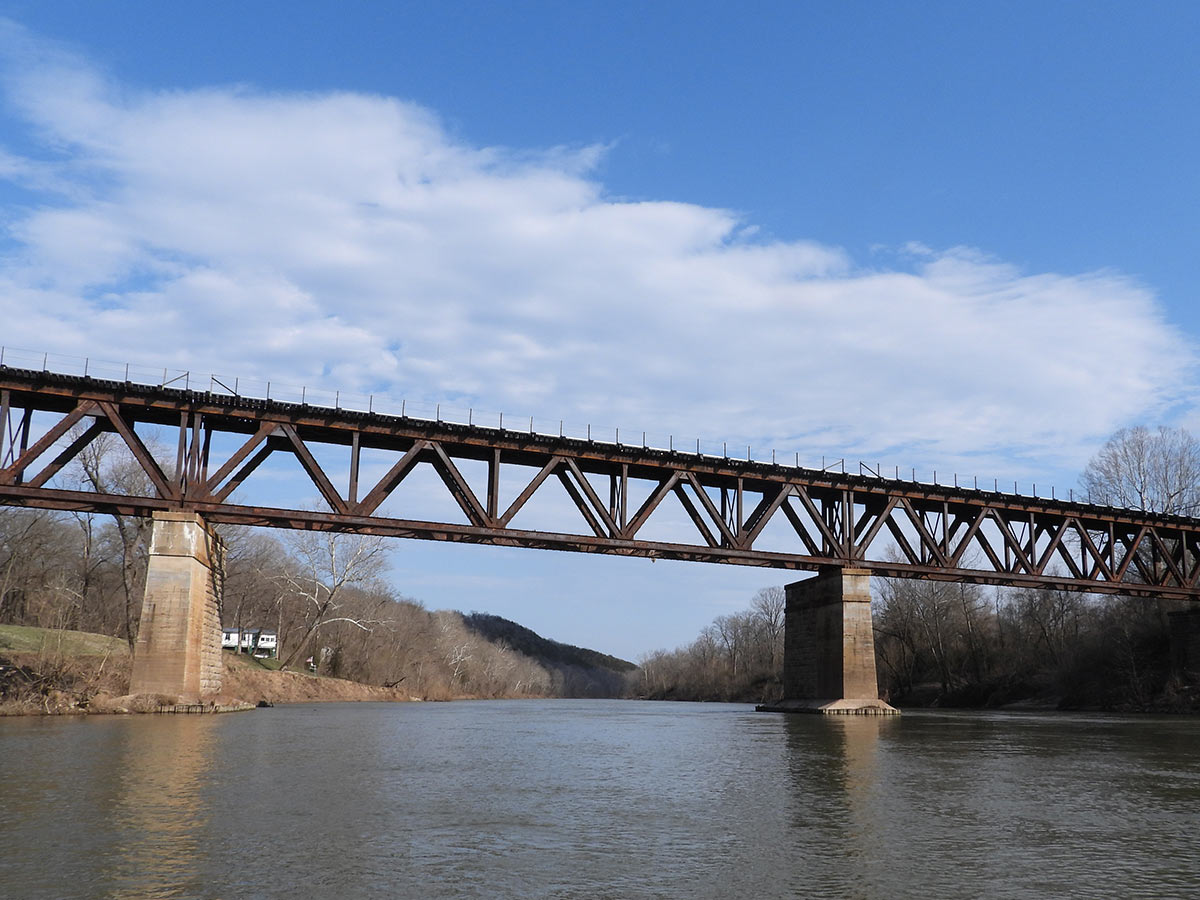
Times Beach is a ghost town that’s 17 miles southwest of St. Louis. Everyone that lived in Times Beach was evacuated in 1983 due to dioxin contamination. The toxin was caused by chemical waste disposal by the Northeastern Pharmaceutical and Chemical Company, Inc – a facility that was owned by the same company that created Agent Orange.
Times Beach, Missouri, founded in 1925, is located at an elevation of 436 feet. As of 1985, the State of Missouri disincorporated Times Beach as a city. And the 419-acre area now encompasses a state park commemorating U.S. Route 66, a highway that travels from Chicago, Illinois to Santa Monica, California.
Cahaba, Alabama

Cahaba (or Cahawba) was originally the capital city of Alabama, which is pretty surprising for anyone that doesn’t know the history of Alabama. The town was located between two rivers and frequently flooded, which led to its abandonment. The capital was later moved to nearby Selma after major flooding in 1865.
In 1826, the capital was moved to Tuscaloosa but major flooding led to the county seat being moved to Selma which did not have that problem. Eventually, the capital would be moved to Montgomery due to its transportation connections there. The ghost town is now preserved as a state historic site: the Old Cahawba Archeological Park.
Kennecott, Alaska

Kennecott was a mining town in Alaska, but it wasn’t easy to get to. Because of this, it provided substantial salaries to the living circumstances. It wasn’t unusual for workers to work all seven days and send their wages back to their loved ones. By 1938, it was a ghost town once the resources dried up.
Kennecott, Alaska was located in the Copper River Census Area - a central area for copper mines. At it's peak in 1916, the mine produced around $32.4 million worth of copper ore. Since the mine was abandoned, the area has become a National Historic Landmark District, and in 1986 it became a National Historic Landmark.
Virginia City, Montana

Virginia City was another mining town that attracted anyone that was searching for gold. Like with any other mining town, the resources are depleted which is why the town was abandoned. Charles and Sue Bovey attempted to restore the town, but there was nothing they could do. Everyone left, and the city became a historical landmark in 1961.
In an effort to restore its structures, Charles and Sue Bovey began buying the town in 1940. By 1950, it was restored for the sake of tourism. Virginia City now has a population of 219, so there are some people living there at the historic site according to the 2020 census.
Boston Mills, Ohio
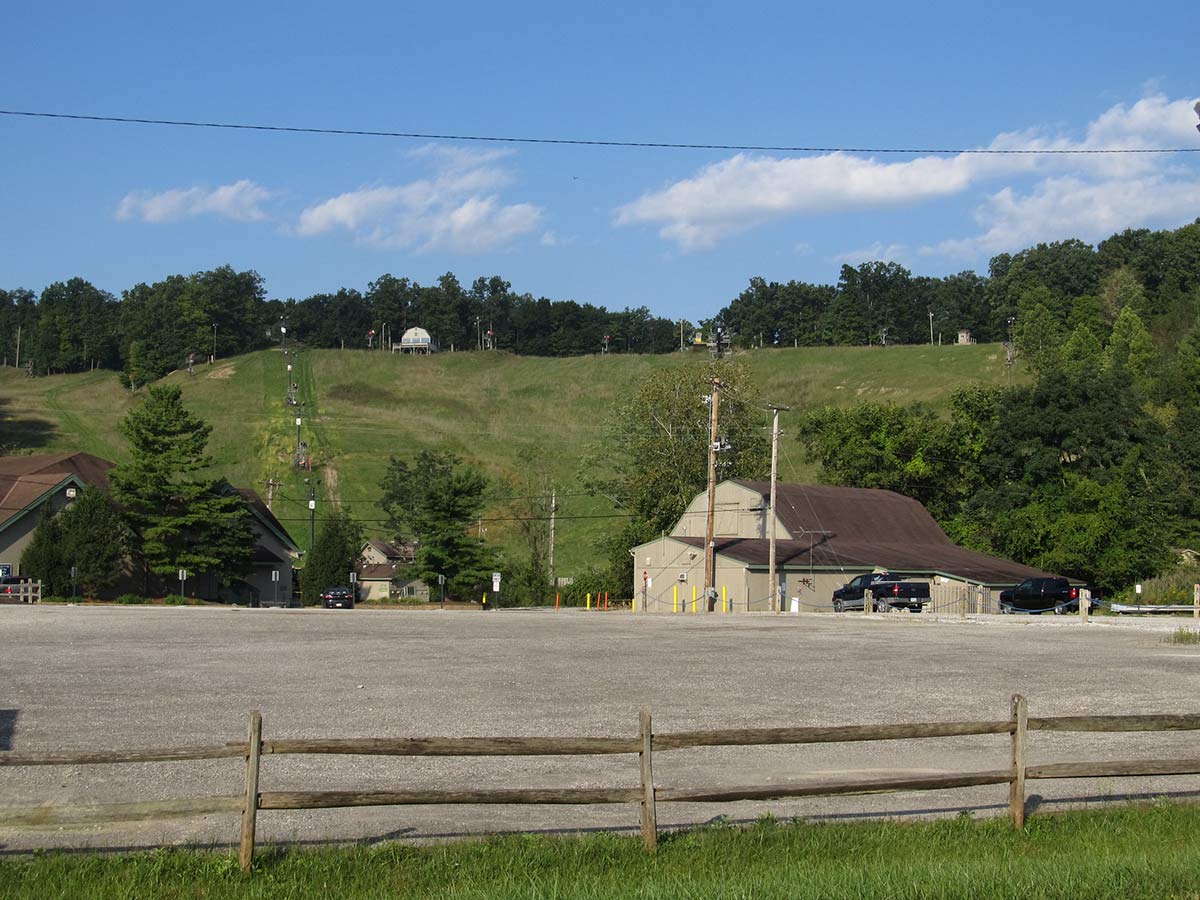
Boston Mills is a strange town, and there are tons of rumors about it. Those who know the town refer to it as Hell Town. The mysterious part was that it was taken over by the government in 1974. The houses were promptly boarded up, and the civilians had to leave. There’s a rumor that the government was simply trying to cover up a chemical spill.
Boston Mills had people settling in it as early as 1827 due to the opening of the Ohio and Erie Canal. By 1842, it had a water-powered mill, warehouse, boatyard and hotel, among other things. The population was around 300. Since becoming abandoned, it is known as the Boston Mills Historic District.
Döllersheim, Austria
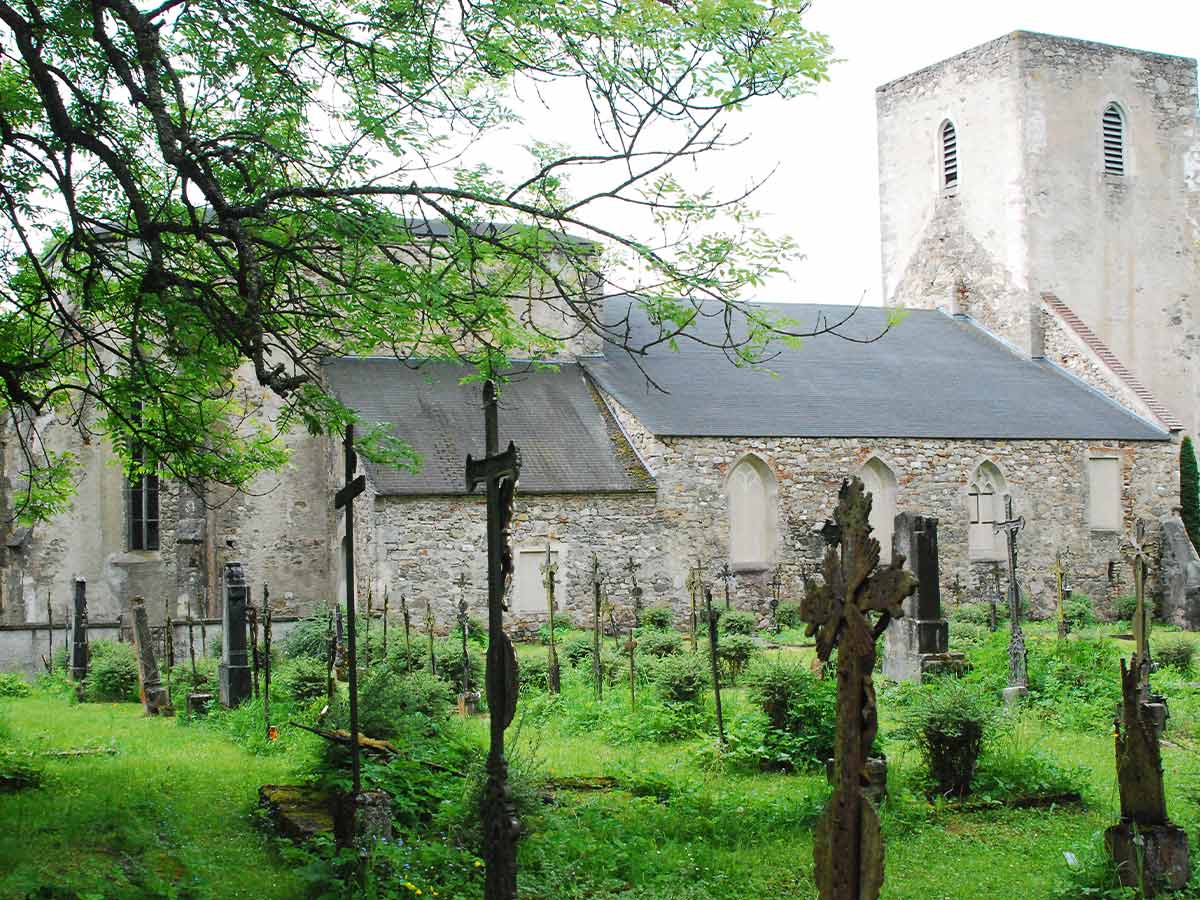
After the area of Austria was annexed by Nazi Germany, the town was slated to be turned into a military training area. It was evacuated, but the training area never came to fruition. After WWII ended, the town was never officially repopulated. Now empty churches and houses stand in ruins, though there is a very small population of people who live in the area.
Döllersheim, Austria was located in the rural region of Waldviertel. After the town was evacuated in 1938, it became a Wehrmacht training ground until it was seized by the Soviet Union. Becoming a military exclusion zone, nobody has even tried to reinhabit the lands but parts of it are welcome to visitors.
Garnet, Montana
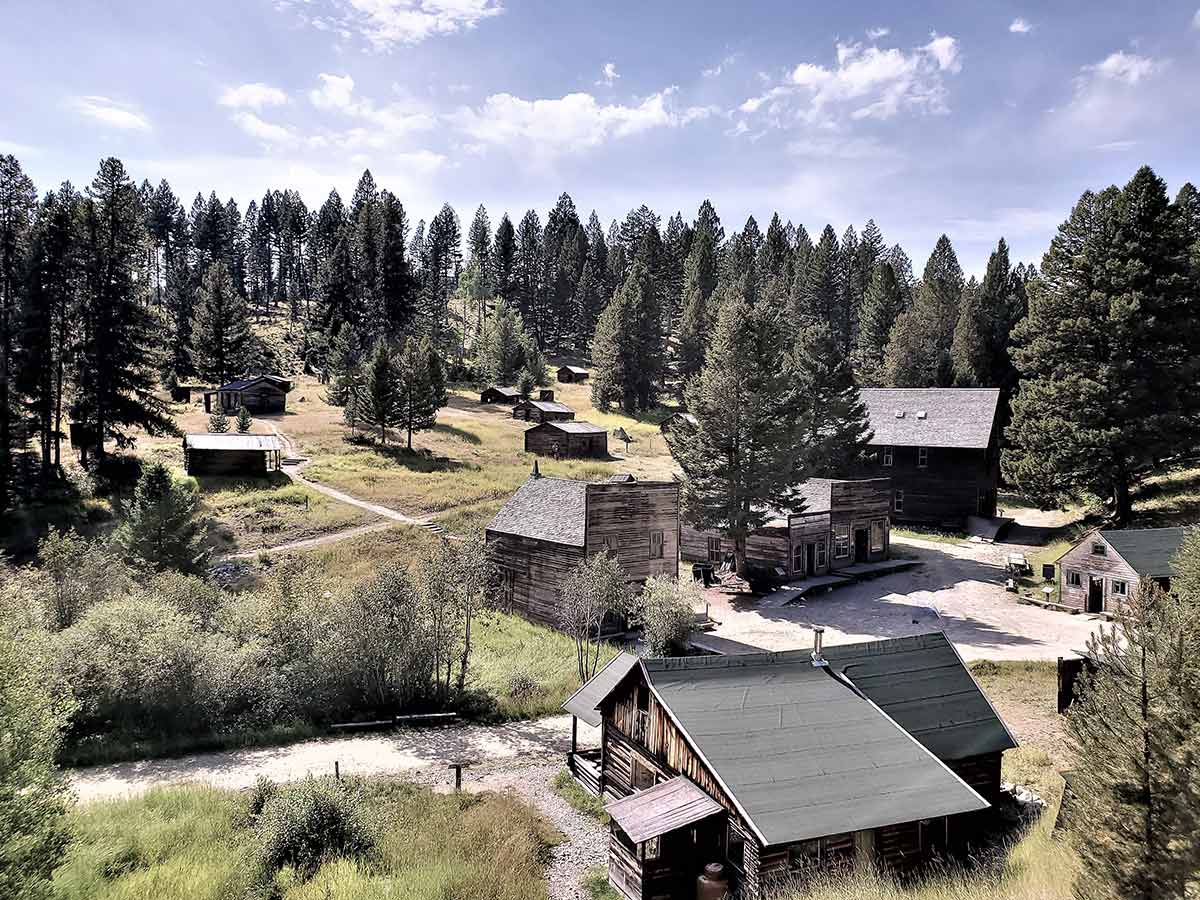
Garnet is a ghost town located in Granite County, Montana. Located along a dirt road, it was an abandoned mining town that dates back to the 1860s. It is listed in the National Register of Historic Places as the Garnet Historic District. The district includes 82 buildings and 46 structures, as well as numerous other sites.
The area was mined extensively between the years of 1870 and 1920. In 1895, the town was originally named Mitchell and had just 10 buildings but the name was changed after it was discovered to be an area rich with gold. By 1898, the area had 1,000 people living there but was abandoned when the gold ran out.
Pegrema, Russia
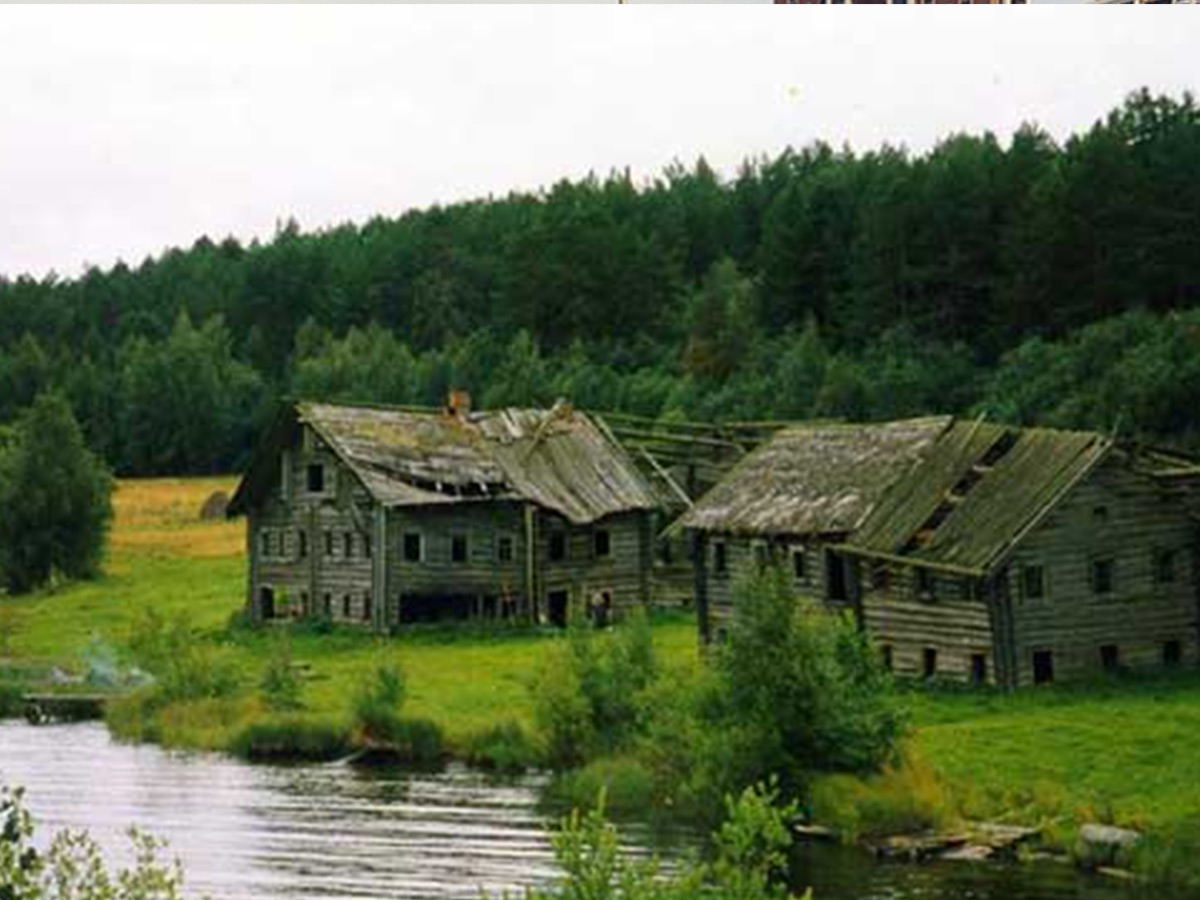
Abandoned since the Russian Revolution, Pegrema has not seen residents for over 100 years even though it is in a picturesque location on Lake Onega near Finland. Now the wooden buildings of this village are decomposing and collapsing while surrounded by a beautiful natural setting.
The town was located in the Medvezhyegorsky District of the Republic of Karelia, on the bank of Lake Onega. It is 10 km from Unitsa. Back in the 1770s, the Varlaam Khutynsky chapel was built in front of the houses, a chapel that remains intact to this very day.
Belmont, Nevada
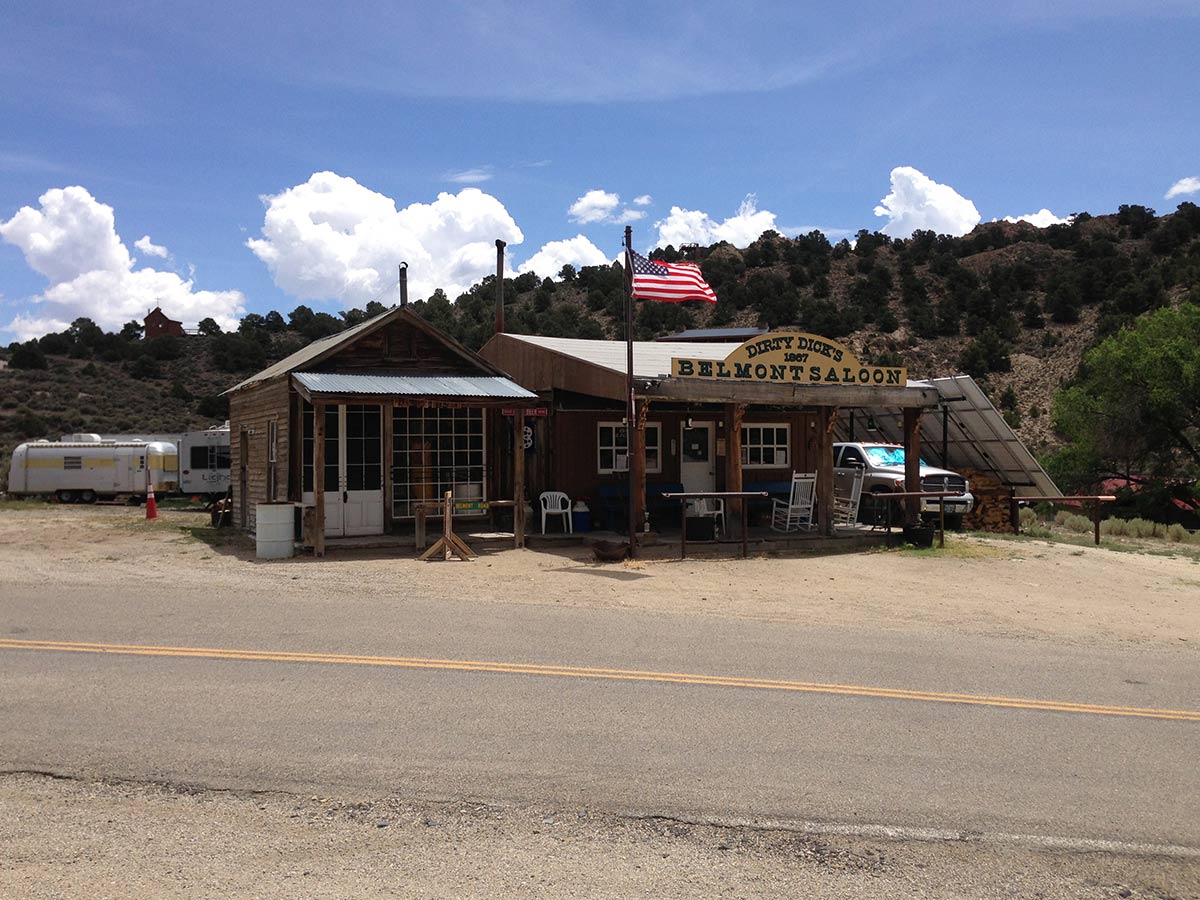
This mining boomtown was home to silver, copper lead, and antimony production. At its peak, it had around 9,000 residents, four stores, two saloons, five restaurants, and its own post office. Ruined buildings still remain, and the brick courthouse has been renovated for historical preservation.
Belmont, Nevada is situated along former State Route 82. It is now listed with the National Register of Historic Places with marker number 138. The town was originally established following the Silver Strike of 1865. By 1867, the town became the county seat of Nye County. Like any mining town, it's reign was short.
Chernobyl, Ukraine
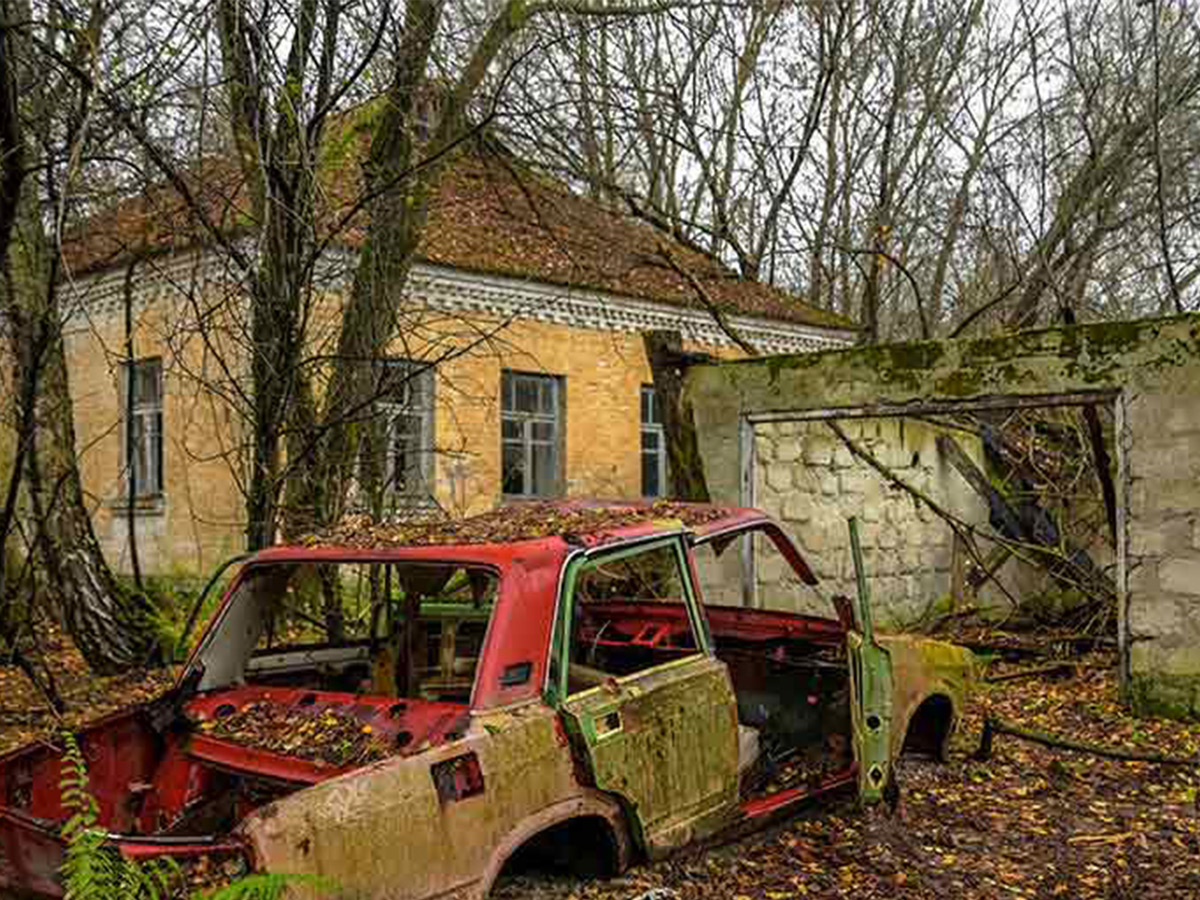
Chernobyl, Ukraine is now a partially abandoned city located in the Chernobyl Exclusion Zone that once had a population of around 14,000. Meanwhile, today, it has a mere 1,000 people living there. For people who are living there, most of them have signs that mention the house is lived in.
Chernobyl was home to one of the biggest and most famous nuclear meltdowns the world has ever seen. In 1986, Reactor No. 4 began to leak, and the city was evacuated as soon as possible. Today, only a small number of people reside in the town with signs that say, “Owner of this house lives here.”
Kitsault, British Columbia

This is the second time Kitsault has become a ghost town. SECOND! It was a mining community way back in the 1910s, but once silver ore mining ceased, the population left. It was later reestablished in 1979 as a mining community for molybdenum. Designed to hold up to 1,500 residents, the neighborhood houses (complete with streets and streetlights) have been completely abandoned since 1982.
It's easily the most recent abandoned city on our list. The unincorporated city has a population of one. Interestingly though, the ghost town was purchased in 2004 by Indian-Canadian businessman Krishnan Suthanthiran for a total of $5.7 million and so far, he has spent $2 million maintaining the town, while keeping it closed to the public.
St. Elmo, Colorado
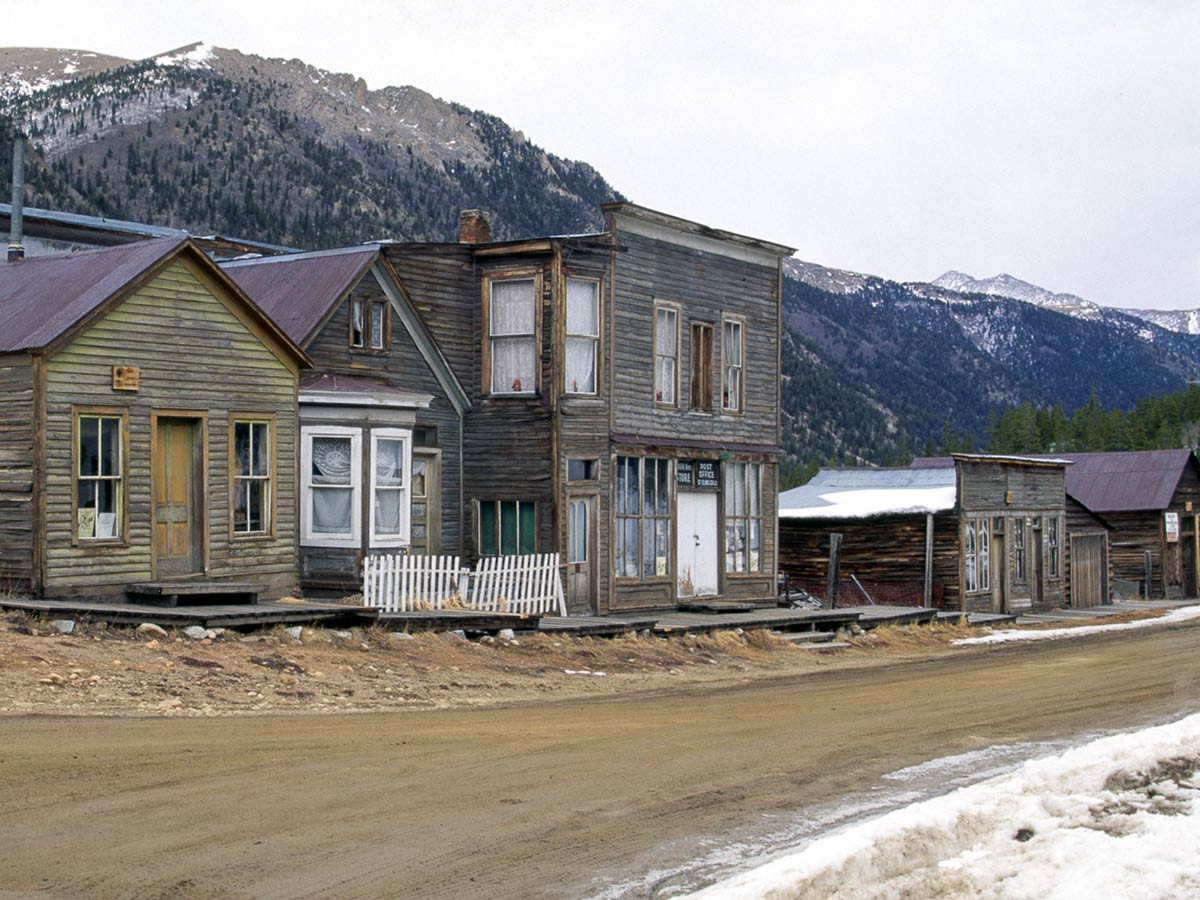
Located deep in the heart of Colorado, St. Elmo's mining industry started to decline in the 1920s. By 1922, the railroad discontinued service and what once was a town of around 2,000 residents quickly became abandoned. The buildings are actually fairly well-preserved thanks to historic funding.
St. Elmo was founded in 1880, in the heart of the Sawatch Mountain Range. It is listed in the National Register of Historic Places and is one of Colorado's best-preserved ghost towns. The town had reached its peak in the 1890s with multiple hotels, saloons, dance halls, a town hall, a general store, and newspaper office, among other things.
Ilha dos Tigres, Angola
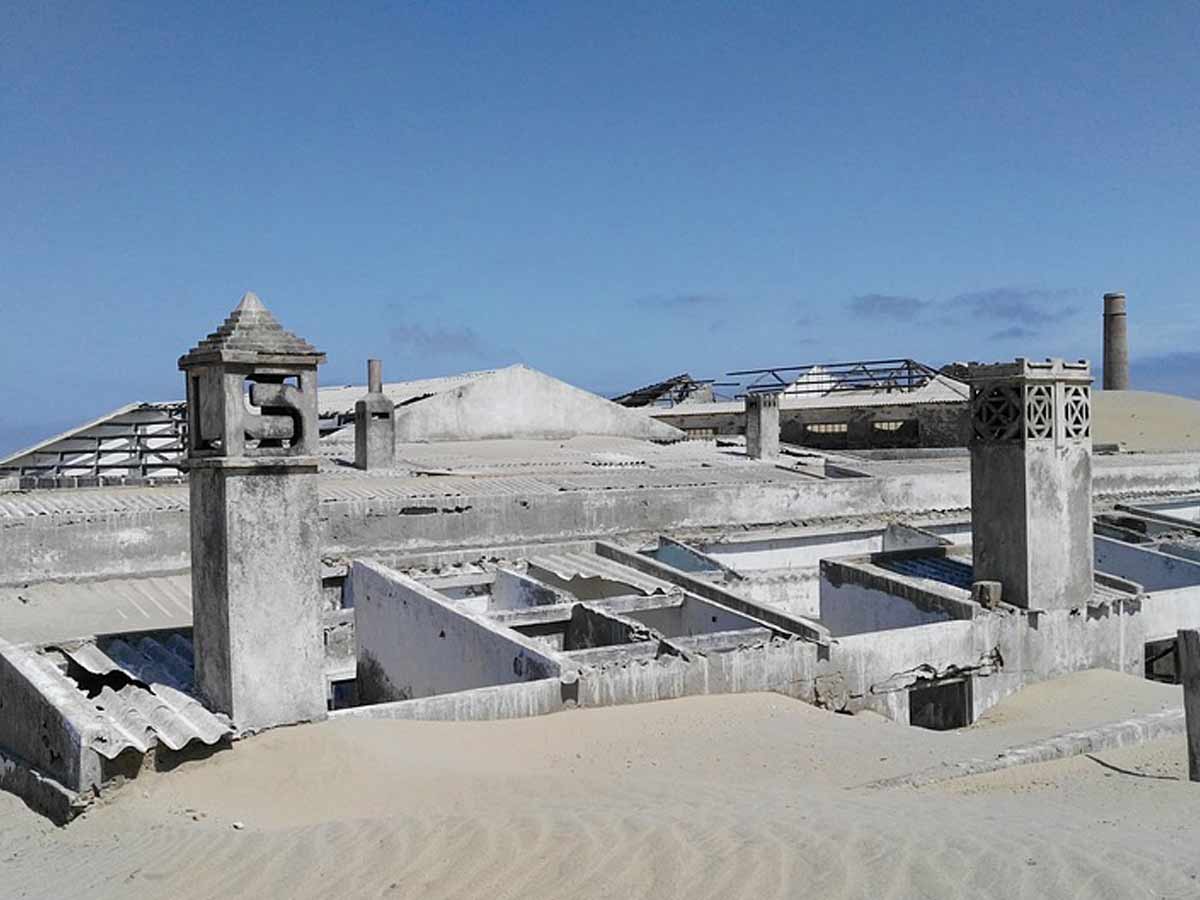
Ilha dos Tigres, or rather the Tigres Island as it is known to English speakers, is the largest Island of Angola, and yet there's nobody there. This island used to be connected to the mainland and was once a well-established fishing village, which more than 1,500 people called home.
By 1960, this town had established a pumping station to get fresh water, so it no longer had to be brought in by ship. In 1962, a heavy storm destroyed the pipeline and cut the inhabitants off from the mainland, making it an island overnight. The island has since been abandoned and is now a popular attraction for adventurous tourists and vandals.
Lukangol, South Sudan
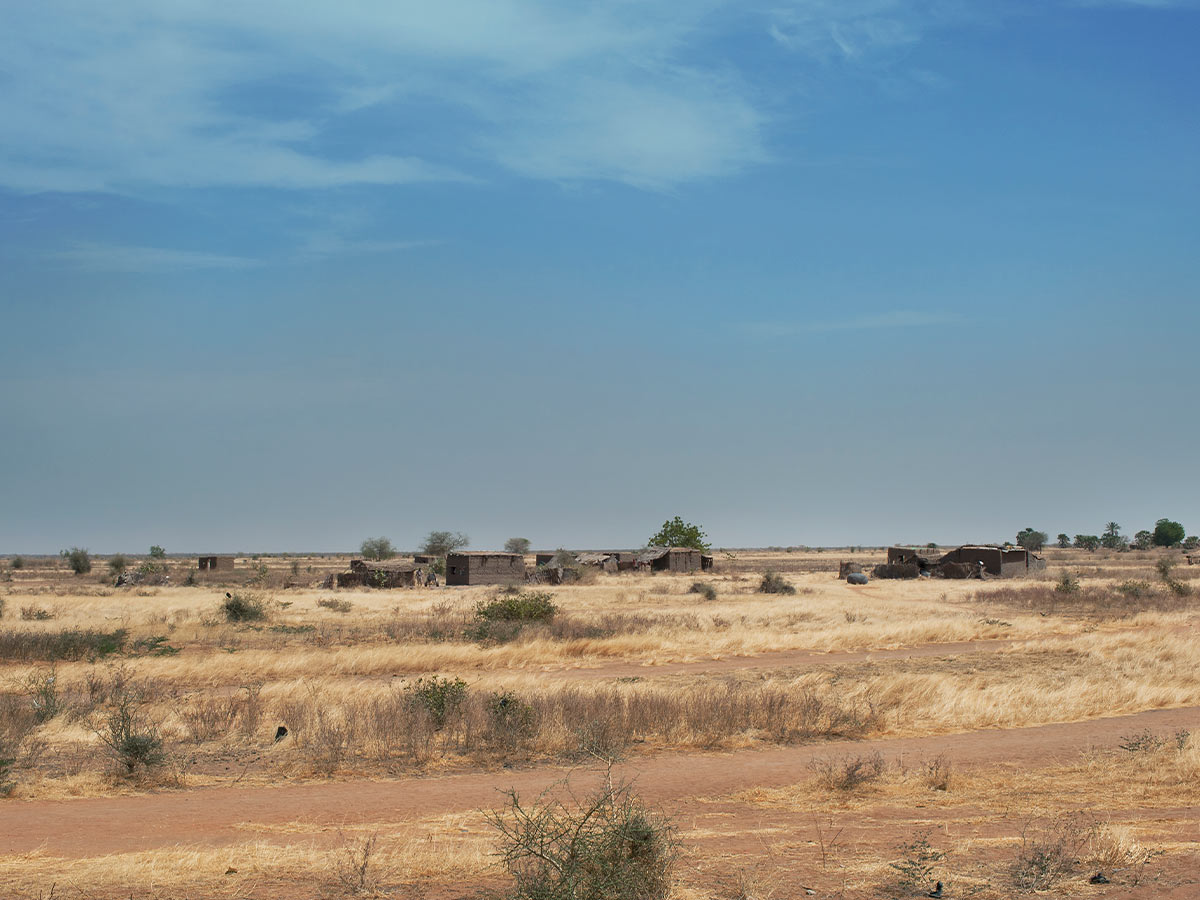
Lukangol was a town in Jonglei, South Sudan. Due to the ethnic wars of 2011 in Southern Sudan, many cities were abandoned as villagers fled for their lives. Lukangol had a population of almost 20,000 people before the fateful attack in 2011, which had led to the town’s abandonment.
The city was burnt to the ground, and 30 people lost their lives when a rival village attacked because of an ongoing struggle over pasture land and water. The city has since become a ghost town. The town had been burnt to the ground so very little of it remains.
La Güera, Western Sahara
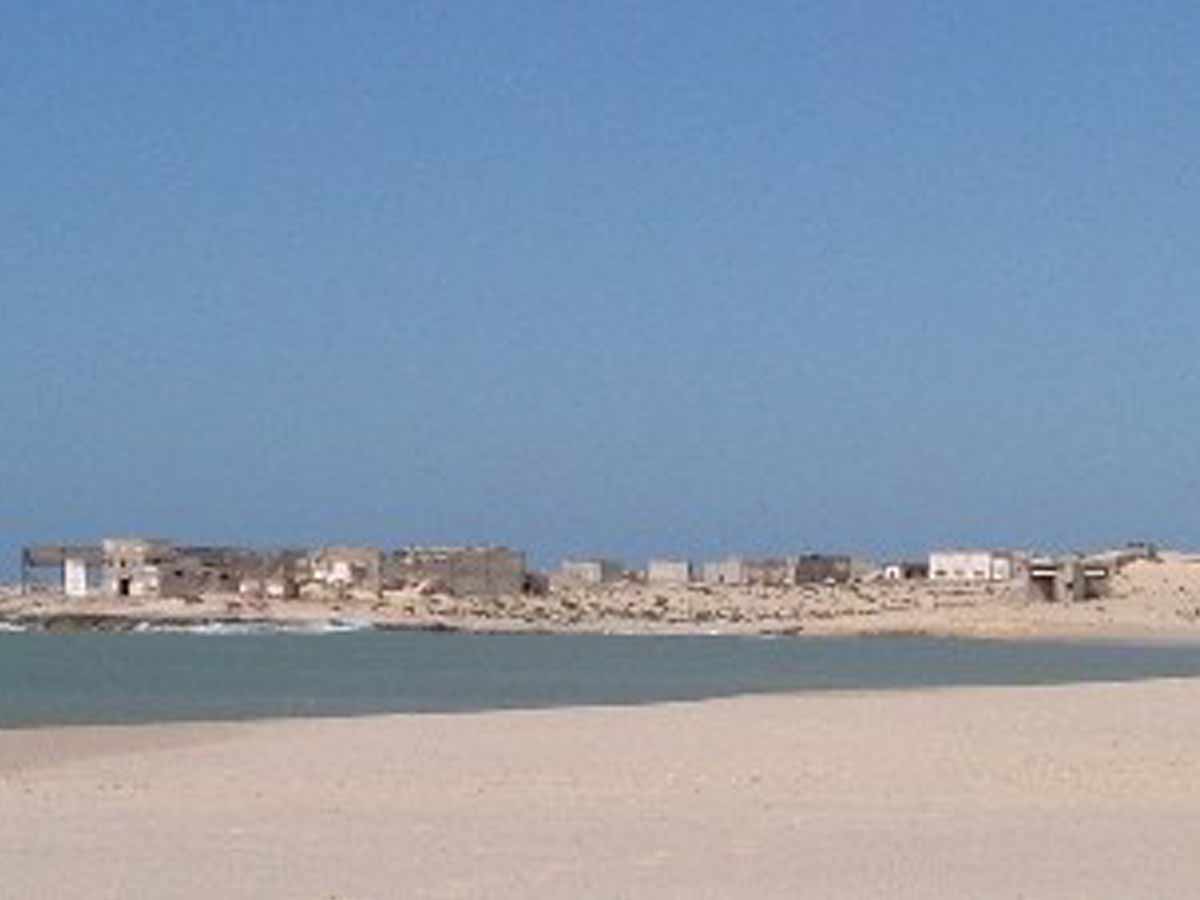
La Güera is a ghost town located on the southern tip of Western Sahara. After negotiating with local tribal chiefs, La Güera was founded in 1920 when Spanish colonizer Francisco Bens established a fort and an airbase in Western Sahara. It was a Spanish fishing port and military base up until 1975 when the town changed ownership three times.
Officially claimed by Morocco, the population got up to about 1,200 until the town was abandoned. By 1979, the number of inhabitants was reduced to just 816. Today, only a few fishermen occupy the empty town. But hey, there's also a Mauritanian military outpost, even though it's not Mauritanian territory.
Centralia, Pennsylvania

Coal mining was Centralia's largest economic output throughout the early 1900s; however, it ended up becoming the city's downfall. In 1962, a fire began in the underground mines that have been burning ever since. Toxic amounts of carbon monoxide have since forced the evacuation of the towns of 2,700 residents, except for 7 lonely holdouts.
Centralia, Pennsylvania's declined further between 1980 where it had about 1,000 residents to 2020 when the number of residents was a mere five residents according to the 2020 census. Among the building still standing are the Centralia Municipal Building along with its fire station garage.
Quneitra, Syria

Quneitra was once the capital city of the Quneitra Governorate in southwestern Syria. However, this city was abandoned until the late 1800s when groups of Circassians settled in the area. The city was then repopulated and infrastructure started growing, with about 20,000 people inhabiting the city at its peak.
After a series of wars and occupations, the city was destroyed by settlers in 1974. After the total destruction of the city, Syria never rebuilt, and Quneitra was abandoned once again. Nevertheless, as of July 2018, the Syrian army has control of the city which they regained from rebel forces.
Belchite, Spain
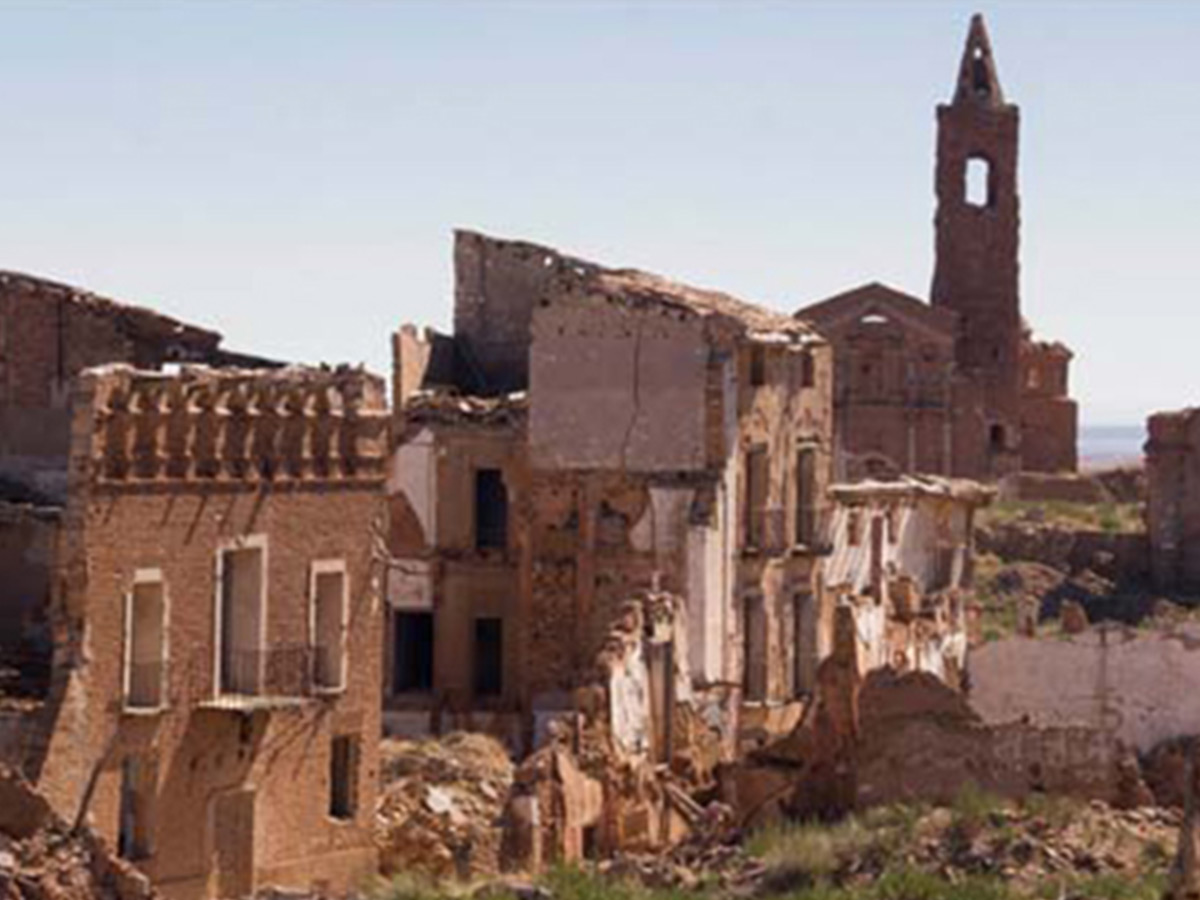
Belchite is a municipality and village in the province of Zaragoza, Spain and is the capital of the administrative region. This city had a population of almost 2,000 people before the Battle of Maria from the Peninsular War was fought in and near the city, which ended up destroying Belchite in 1937.
The ruins of this ghost town remain as a memorial to the war. In 1939, a new Belchite village was built right next to the ruins. You might have seen some of Belchite’s ruins without even knowing it. Several directors shot scenes at this historic location, including Guillermo del Toro for his film Pan’s Labyrinth.
Pomona, Namibia

Pomona was another mining town, though it was known as particularly fertile in diamonds, so much so that you could pick them up out of the ground with your bare hands. Even though it was in a remote area that needed constant resupplying via train, the town grew to around 1,000 residents.
When WWI disrupted mining activity, the population left to never return. Today you can find the ghost town 15 km south of Elizabeth Bay, in a restricted diamond mining zone called Sperrgebiet. Its population surged around 1910 thanks to the diamond rush in German South West Africa. Between 1912 and 1914, the mine generated 1,000,000 carats.
 Author
Sherrill Dean
Last Updated: December 22, 2025
Author
Sherrill Dean
Last Updated: December 22, 2025